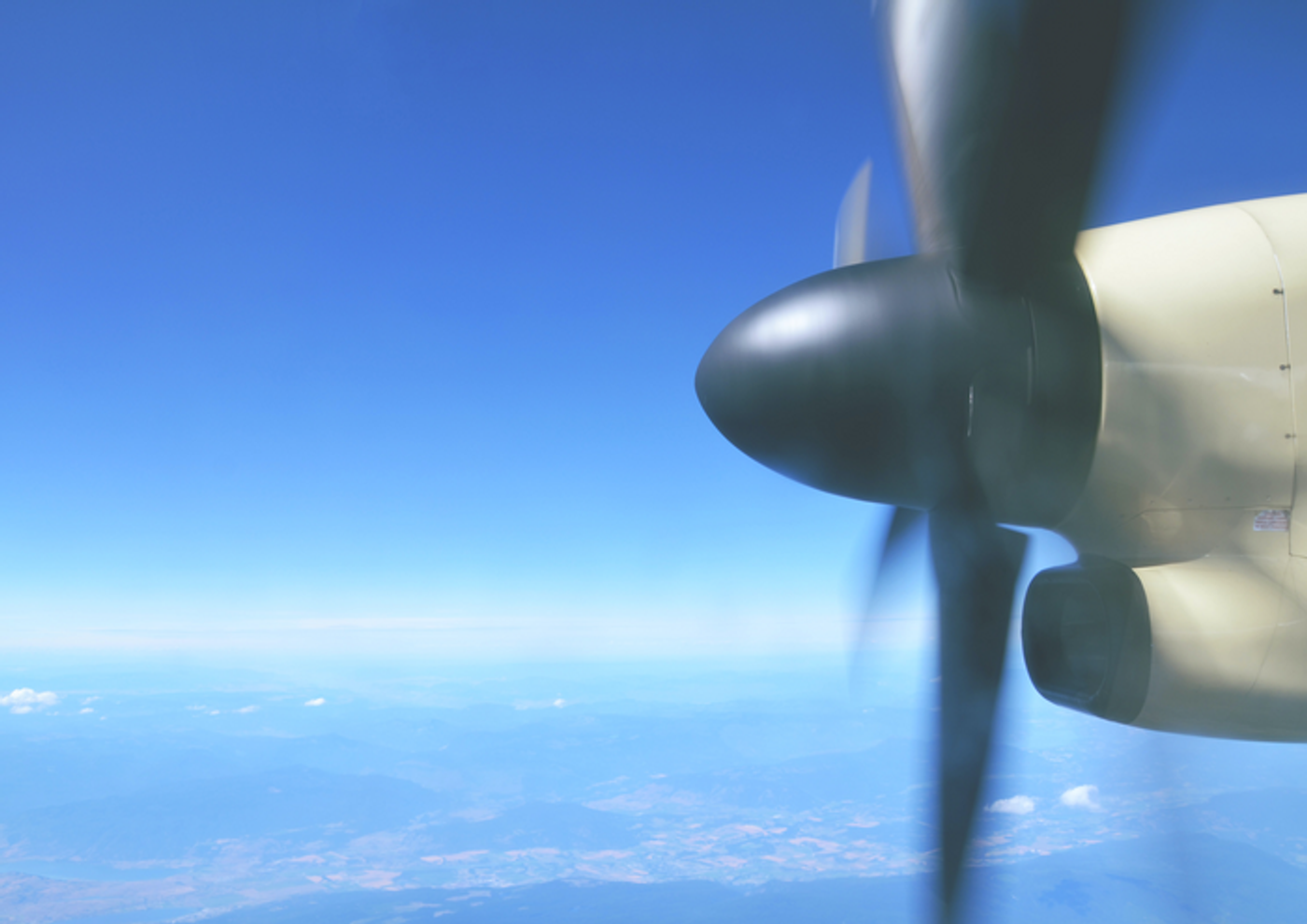Quieter Propeller Allows for Better Electric Aviation
The aviation industry is a major contributor to carbon dioxide (CO2) emissions, as it is currently estimated that airplanes discharge approximately 100 times more CO2 per hour than a public bus or train, and global-level CO2 emissions from airplanes are also estimated to be approximately 1 billion tons of CO2 per year. With electric cars making a global impact, the aviation industry has turned to developing electric aircraft, but since this technology is still in its infancy, certain pros and cons have been discovered, most notably the noise they emit.
Electric aircraft could become quieter thanks to research from the Chalmers University of Technology. (Credit: Christina Sicoli on Unsplash)
Reducing noise in electric aircraft is precisely what an international team of researchers led by the Chalmers University of Technology attempt to do as they examine the noise output of airplane propeller blade tips manufactured for future electric aircraft, along with analyzing the relationship between the noise reduction and aerodynamics of the aircraft. This study holds the potential to develop quieter electric aircraft, which have traditionally been noisier than non-electric aircraft.
“We can see that the more blades a propeller has, the lower the noise emissions,” said Dr. Hua-Dong Yao, who is an associate professor and researcher in fluid dynamics and marine technology at the Chalmers University of Technology, and lead author of the study. “But with fewer blades, propulsion becomes more efficient and the electric aircraft can fly for longer. In that sense, there is a trade-off between energy efficiency and noise. This is something of an obstacle for electric aircrafts that are both quiet and efficient.”
For the study, the researchers examined what are known as “tip vortices”, which are the tips of propeller blades and have traditionally been a less-explored source of aircraft noise. Using a wide range of propeller characteristics, including the number of blades, pitch angle, and chord length, the researchers were able to produce the optimal propeller design that is quieter.
Dr. Hua-Dong Yao, who is an associate professor and researcher in fluid dynamics and marine technology at Chalmers University of Technology, and lead author of the study. (Credit: Chalmers University of Technology | Henrik Sandsjö)
“Modern aircraft propellers usually have two to four blades, but we’ve found that by using six blades designed using our optimization framework, you can develop a propeller that’s both relatively efficient and quiet,” said Dr. Yao. “The propeller achieves a noise reduction of up to 5-8 dBA [A-weighted decibel] with only a 3.5 per cent thrust penalty, compared to a propeller with three blades. That’s comparable to the noise reduction of someone going from speaking in a normal conversation voice to the sound you would perceive in a quiet room.”
What new breakthroughs will scientists make regarding propeller designs and electric aircraft in the coming years and decades? Only time will tell, and this is why we science!
Sources: Mongabay, Aviation Today, UECNA, Aerospace, EurekAlert!
As always, keep doing science & keep looking up!










